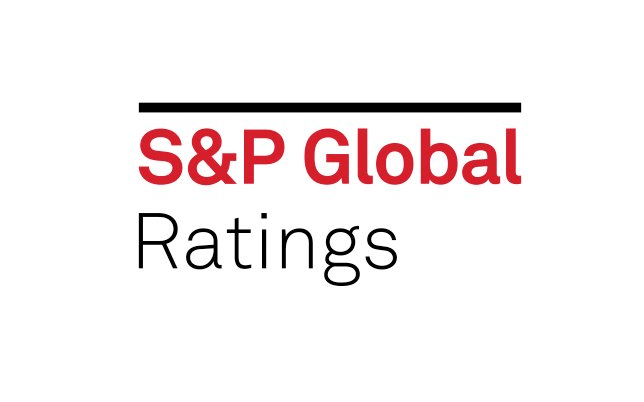GCC Islamic insurers set for earnings decline in 2025 despite strong revenue growth: S&P

Islamic and Takaful insurers in the Gulf Cooperation Council (GCC) are expected to see a sharp decline in earnings in 2025, despite continuing to benefit from solid revenue growth, according to S&P Global Ratings.
 S&P, a provider of credit ratings, research, and analytics worldwide, indicates that while the sector has strong top-line prospects, a combination of rising competition and softer investment returns is likely to weigh on profitability.
S&P, a provider of credit ratings, research, and analytics worldwide, indicates that while the sector has strong top-line prospects, a combination of rising competition and softer investment returns is likely to weigh on profitability.
S&P highlights that the overall Islamic insurance market in the GCC is projected to expand by around 10% annually in 2025 and 2026.
Growth is supported by infrastructure development, population increases, and regulatory initiatives, with Saudi Arabia remaining the fastest-growing market due to its Vision 2030 program, which is driving demand for insurance coverage across multiple sectors.
Over the past five years, S&P notes, the region has recorded robust expansion in Islamic insurance, with annual growth of 24% to 28% in 2022 and 2023.
Despite this encouraging revenue outlook, S&P warns that heightened competition in motor and medical insurance—particularly in Saudi Arabia, the largest Islamic insurance market in the region—will likely pressure net profits.
Data cited by S&P shows that in 2024, gross claims in Saudi Arabia’s motor sector, which accounts for roughly 18% of total premiums, increased by nearly 28%, while premiums declined by almost 3%. Other GCC markets face similar challenges, although the UAE experienced an increase in motor insurance rates following the early 2024 floods.
Results from the first half of 2025 indicate that net earnings across the GCC Islamic insurance sector could fall by about 35% year-on-year.
S&P attributes this largely to a 40% drop in profits in Saudi Arabia, accompanied by weaker results in other GCC markets as competitive pressures in motor and medical lines, along with lower investment returns, took their toll.
S&P also points to the cyclical nature of motor insurance as a key challenge. In 2023, underwriting results improved following rate adjustments and government efforts to reduce the number of uninsured vehicles.
However, in 2024, the introduction of no-claims discounts and heightened competition offset these gains, with claims in medical and motor lines—representing around 74% of total Saudi premiums—growing faster than premiums and contributing to weaker earnings overall.
According to S&P, credit conditions for most Islamic insurers in the GCC are expected to remain stable over the next year, supported by relatively strong capitalisation.
Total shareholder equity across the sector rose to approximately $8.5 billion in 2024, up from $7.5 billion in 2023, bolstered by profitable operations and capital increases.
At the same time, S&P notes that smaller and mid-sized insurers facing losses may continue to experience pressure, which could lead them to pursue mergers or raise capital to strengthen their positions.
While S&P does not consider a major geopolitical event the base case, the agency observes that escalations in regional conflicts could reduce business confidence and weaken investment returns.
Volatility in global capital markets could also influence insurer earnings if trade disputes intensify, though S&P highlights that most rated companies maintain sufficient buffers to manage temporary market fluctuations.
S&P further emphasises that consolidation is a continuing trend, particularly among smaller and mid-tier insurers in Saudi Arabia and the UAE.
Excluding the top three insurers in Saudi Arabia, the remaining 24 reported a combined loss of around $83 million in 2025, down from a profit of approximately $139 million in 2024.
S&P identifies rising regulatory requirements and competitive pressures as key factors that will likely keep mergers and capital-raising prominent in the sector over the coming year.
In conclusion, S&P projects that while the GCC Islamic insurance industry will maintain strong revenue growth in 2025, profitability is expected to decline significantly due to intensifying competition, lower investment returns, and the ongoing need for consolidation among smaller players.
The post GCC Islamic insurers set for earnings decline in 2025 despite strong revenue growth: S&P appeared first on ReinsuranceNe.ws.






